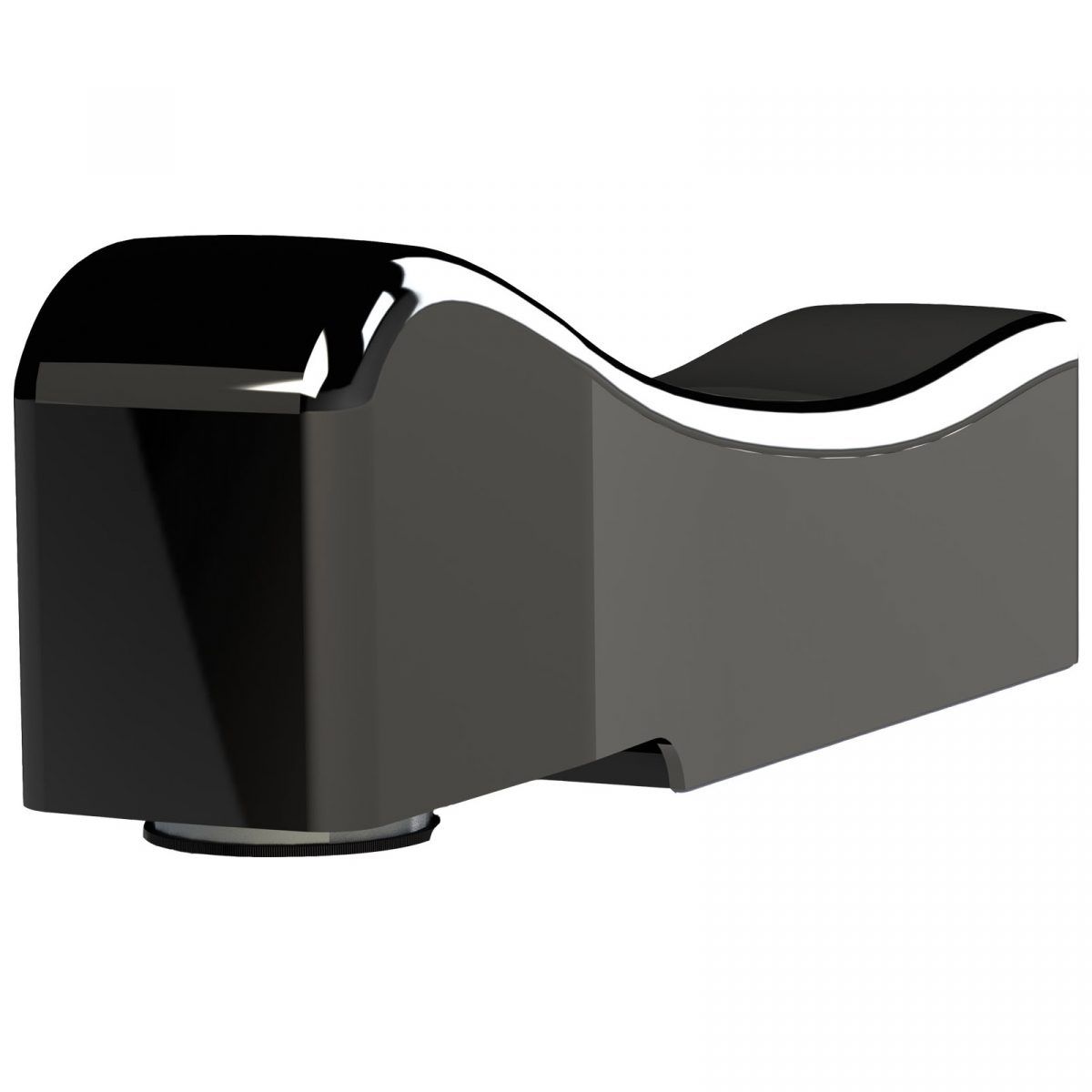A perfect solution for cleaning complex and amorphous parts and tools. With sufficient expertise, we can clean the surface without material loss. Thanks to its adjustable power level, it can be used on various surfaces. It provides the user with a precise, environmentally friendly and beautiful interface.

Handheld laser cleaning equipment are modern, innovative tools that are becoming increasingly popular in various industries for cleaning tasks. Since we only need to use a laser beam during the process, it has no harmful effects on human health or the environment. For traditional cleaning, such as dry ice or sandblasting, special attention must be paid to personal and environmental protection. We recommend it especially for amorphous materials with a large surface area, because it easily removes coarse dirt, rust stains, thick layers of paint, and large amounts of plastic residues. In the case of the 1D laser cleaner, we must pay attention to the fact that if it is used with manual control, there is the possibility of human error. If we want to automate the laser, it is possible without any problems, since it can be combined with robot technology.
Areas of use:
Metal surface cleaning:
It is used in many industries to remove rust, because it removes rust from metal surfaces without abrading the raw material. The removal of thick layers of paint, industrial paint and coatings can be done quickly and efficiently with the laser. Our automatic laser equipment is the most suitable for removing oxidation layers, but for large surfaces, we recommend the 1D laser head.

Sandblasting and laser cleaning:
Sandblasting and laser cleaning are two different technologies used to clean and renovate surfaces. Sandblasting is no longer a widely used technology, laser cleaning is starting to take its place in several industries. Here is a comparison of the technology in question:
Sandblasting:
Sandblasting or sandblasting is an efficient and fast surface cleaning process that is widely used in various industries. This technology is a method used instead of physical cleaning and manual sanding, which provides much faster and more efficient results. During sandblasting, abrasive particles (usually sand) are blown onto the surface to be cleaned using high-pressure air. This method is excellent for quick and thorough cleaning of rusty, painted or otherwise contaminated surfaces. During the operation of the sandblasting technology, the amount of air provided by a high-performance compressor delivers sand or other abrasive material from a container to the surface to be cleaned with high pressure (6-10 bars). This process removes dirt, rust or paint by mechanical friction and abrasion of the surface.
However, traditional sandblasting and other grain-blasting methods have disadvantages and risks:
Thermal load: The impact of high-speed particles generates heat, which can lead to damage or deformation of the substrate.
Surface damage: If not applied properly, sandblasting can cause serious damage to the material. For example, flat plates can be deformed, stone coverings can wear heavily, and wooden surfaces can become dusty.
Abrasive effect: Abrasive materials such as sand, quartz sand, steel grit or glass beads cause significant surface roughening, which is not always desirable.
Sandblasting (sandblasting) is not suitable for cleaning surfaces that are susceptible to damage, such as precious metal, plastic, glass, aluminum.
It is impossible to remain within a larger area in the environment of sandblasting, and the resulting dust and the blowing air with its high noise level do not make the situation any easier either. It must be emphasized here that the user must work in full protective equipment.
We cannot ignore the highly harmful effect of sandblasting on the human body, which is known to cause silicosis and cancer.

Laser cleaning:
One of the most important characteristics of laser cleaning, which distinguishes it from traditional methods, is the integrity of the surface after cleaning. This means that the surface is not physically damaged during the cleaning process, so it remains in its original state. Thanks to this, laser cleaning can be an ideal solution in cases where the integrity of the surface is crucial. With the help of laser cleaning, various impurities such as rust, paint, oil, rubber, grease, soot, resin and other residues can be effectively removed from various materials such as metal, ceramic, concrete and natural stone surfaces. Laser cleaning can often be used as a preparatory step for technological processes. For example, to prepare contact surfaces for gluing, where a clean and undamaged surface ensures maximum adhesive adhesion.
Environmentally friendly process without auxiliary materials
Laser cleaning is a fast and environmentally friendly technology. The process does not require the use of additional auxiliary materials that are used in traditional methods, such as sand blasting, dry ice blasting or chemical cleaning. This reduces waste and environmental impact.
Industrial applications:
In industry, laser cleaning is particularly useful for cleaning tools with complex surfaces without damaging or deforming the surface. The laser cleaning process enables the treatment of surfaces with an open view, quickly and gently, without having to dismantle the tool.
Tools and other cleaning applications:
Precision cleaning of tools: press, injection molding, cutting, deep-drawing tools.
Precision cleaning of printing cylinders: for example, cleaning of anilox cylinders in flexo printing presses.
Other applications: cleaning gears, baking tins and other industrial equipment.
Laser cleaning is an extremely efficient and versatile technology, which has been proven in many industrial applications to effectively and gently remove dirt from surfaces, ensuring the integrity of the surfaces.












